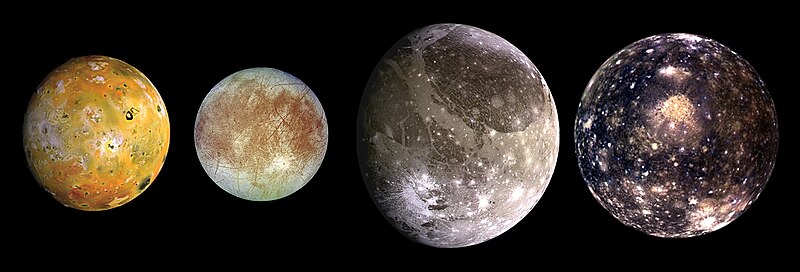Fichier:Galilean satellites noborder.jpg
Aller à la navigation
Aller à la recherche


Taille de cet aperçu : 800 × 272 pixels. Autres résolutions : 320 × 109 pixels | 640 × 217 pixels | 1 870 × 635 pixels.
Fichier d’origine (1 870 × 635 pixels, taille du fichier : 570 kio, type MIME : image/jpeg)
Historique du fichier
Cliquer sur une date et heure pour voir le fichier tel qu'il était à ce moment-là.
| Date et heure | Vignette | Dimensions | Utilisateur | Commentaire | |
|---|---|---|---|---|---|
| Actuel | 6 mai 2009 à 16:42 | 1 870 × 635 (570 kio) | wikimediacommons>Wknight94 | Slightly larger file size. More meta information perhaps? |
Utilisation du fichier
La page suivante utilise ce fichier :


